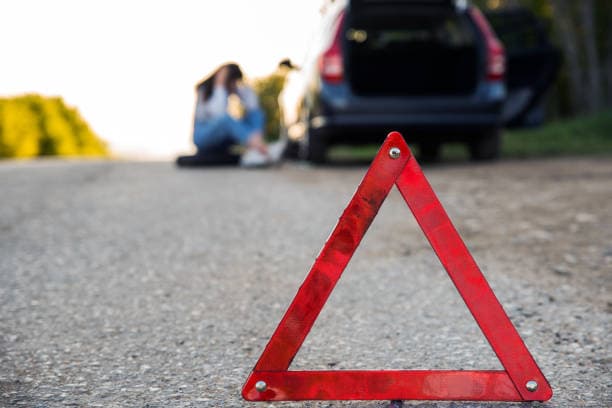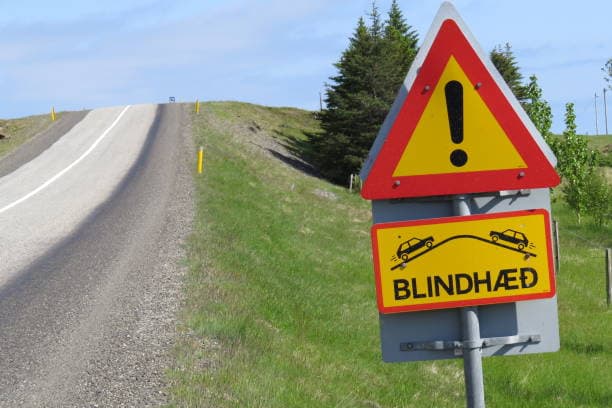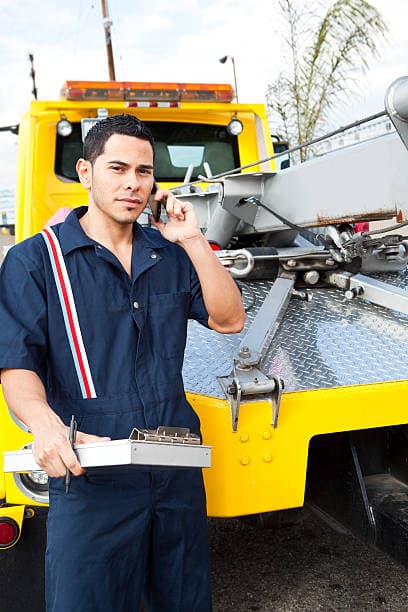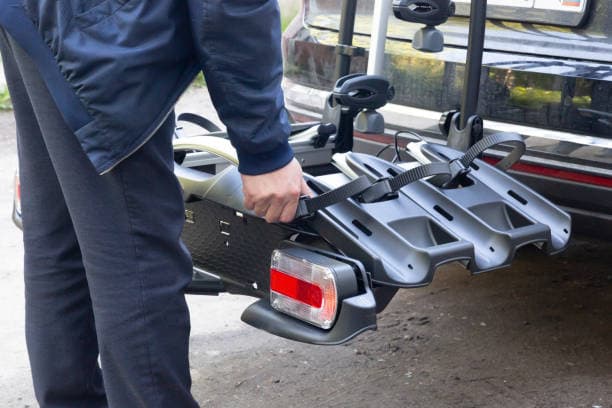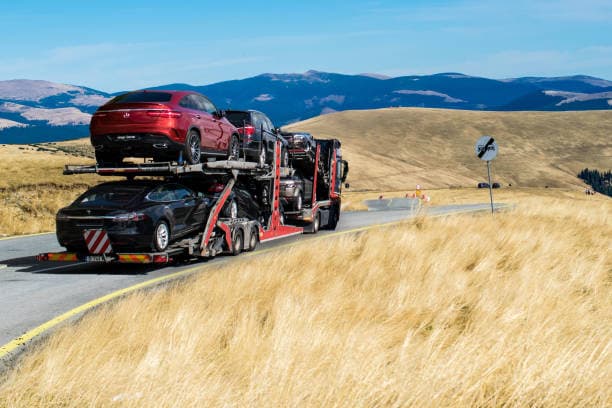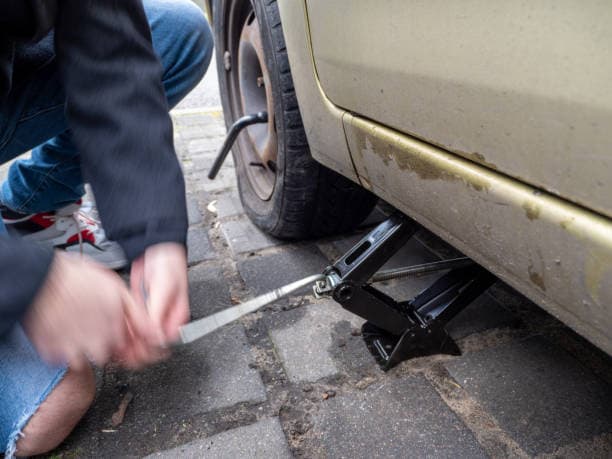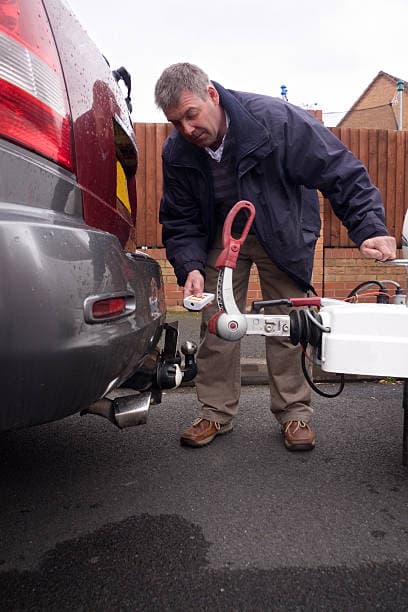Experiencing a car breakdown while you're on the road can be a stressful and frustrating event. Whether it happens during a long road trip, your daily commute, or on an unfamiliar route, knowing how to respond can make all the difference. In this guide, we'll take you step-by-step through the essential actions to take when your car breaks down on the road. We’ll discuss how to stay safe, how to assess the situation, and how to get the help you need quickly—whether it's a minor issue or you require emergency towing. By following these steps, you can stay calm and handle the situation efficiently.
Step 1: Stay Calm and Assess the Situation
The first thing you need to do when your car breaks down is to stay calm. Panicking won’t help and could make the situation worse. Take a deep breath and assess the situation carefully. Here are some things to consider:
Check Your Location
One of the first steps is to evaluate where you are. Are you on a busy highway? Are there any nearby exits, parking lots, or safe places to pull over? If you're on a highway, try to get to the shoulder or an area where your car is not obstructing traffic. If you're in an area with little traffic, you might have more time to assess the situation, but still be cautious.
Is It Safe to Exit the Vehicle?
If you're on a busy road, it may not be safe to exit your vehicle, especially if other vehicles are traveling at high speeds. If possible, stay in the vehicle with your seatbelt fastened, and turn on your hazard lights to alert other drivers. If you’re in a safer spot or an area where there’s no traffic, it might be better to get out of the car and assess the issue more closely.
Can You Identify the Problem?
If your car has broken down due to a flat tire, engine trouble, or an electrical issue, it’s helpful to identify what’s wrong—if you feel comfortable doing so. For example, if the engine has overheated, check the temperature gauge or the radiator for signs of coolant leaks. If you’re not sure about the cause of the breakdown, don’t attempt to repair it yourself on the road. Instead, it’s best to wait for professional help.
Step 2: Make Your Vehicle Visible
In case you’re unable to move your vehicle to a safe area, it's critical to make your car visible to other drivers. This helps avoid accidents and gives other motorists a clear indication of your situation.
Turn on Hazard Lights
This is the most basic but crucial safety measure you can take. Make sure your hazard lights are flashing so that other drivers are aware of your presence on the road.
Use Road Flares or Reflective Triangles
If you have road flares or reflective warning triangles in your car, place them at least 50 to 100 feet behind your vehicle. This will give other drivers a clear indication of the trouble ahead and allow them to slow down or move around your car safely.
Use Your Car’s Lights (If Safe)
If it's dark or visibility is poor, you should also leave your headlights on. If you're stuck on the side of the road during daylight hours, keeping your car visible can be a lifesaver for passing drivers, especially if you’re in an area with heavy traffic.
Step 3: Call for Help
Once your safety is ensured and your vehicle is visible to other drivers, it’s time to call for help. In some cases, you might be able to fix the problem yourself, but more often than not, you’ll need assistance.
Call a Tow Truck or Roadside Assistance Service
If you’re unable to fix the issue on your own or if you suspect it’s a major mechanical failure, you’ll need to call a towing service or a roadside assistance provider. Many insurance companies offer roadside assistance services that can tow your car to a repair shop, or you might have an auto club membership that includes this service.
Make sure to provide the dispatcher with as much information as possible, such as:
- Your exact location, including landmarks, street names, or GPS coordinates.
- A description of the problem with your vehicle (e.g., "flat tire" or "engine failure").
- Whether you require a flatbed tow truck or any other special towing equipment.
Use a Towing Service Like Granada Hills Towing
For drivers in Granada Hills, Granada Hills Towing provides fast and reliable service in emergencies. Whether you need your car towed to a mechanic or just moved to a safer location, professional towing services ensure that your car is in good hands.
Step 4: Wait for Assistance in Safety
While waiting for a tow truck or roadside assistance to arrive, it’s important to stay safe. Here are a few tips on what to do while you’re waiting:
Stay Inside the Vehicle
If you are on a busy road or highway, it’s often safest to stay inside your vehicle, especially if the car is still running and you’re not in immediate danger. Keep your seatbelt on, and ensure that your hazard lights are flashing to make yourself visible to passing drivers.
If It’s Safe, Exit the Vehicle
If you’re in a location where it’s safe to leave your vehicle, such as a rest area or parking lot, it might be a good idea to exit and stand at a safe distance from traffic. This will allow you to keep a watchful eye on approaching tow trucks or emergency services.
Keep Your Phone Charged
Make sure your phone is fully charged so that you can stay in touch with the towing service, your family, or any other important contacts. If you’re expecting a tow truck to arrive, keep an eye out for it while remaining safe.
Avoid Accepting Help from Strangers
While it’s natural to want assistance, it’s important to remember that roadside emergencies are not the time to accept help from strangers. Wait for the professional towing service or roadside assistance to arrive to ensure you're in good hands.
Step 5: Understanding the Towing Process
When the towing company arrives, the operator will assess the situation and determine the best course of action. Here’s what to expect from the towing process:
Assessing the Vehicle
The tow truck operator will inspect the condition of your car and may ask questions about the situation, such as how the breakdown occurred. They’ll then determine the best method of towing your car based on its make, model, and the severity of the problem.
Types of Tow Trucks
There are different types of tow trucks that may be used to transport your vehicle:
- Flatbed Tow Trucks: These are ideal for all-wheel-drive vehicles, luxury cars, or vehicles with extensive damage, as they allow the car to be transported without any additional stress on the drivetrain.
- Wheel-Lift Tow Trucks: These are often used for lighter vehicles, as they lift the car by its wheels for towing.
- Hook-and-Chain Tow Trucks: While older, these trucks still use a hook-and-chain system to tow the vehicle by its axle. They are typically used for short-distance tows but can sometimes cause damage to the vehicle.
The operator will ask where you’d like the car to be taken, such as a mechanic’s shop, your home, or a nearby dealership.
Securing the Vehicle
Before towing, the operator will secure the car to ensure it doesn’t move during transport. If necessary, safety chains and other restraints will be used to stabilize the vehicle.
Step 6: After the Tow – Inspect and Pay
Once your car has been transported to its destination, whether it’s a repair shop or a place of your choosing, you’ll need to inspect the vehicle and the towing service.
Inspect the Vehicle
Make sure that your car is in the same condition as when it was picked up. Check for any signs of damage, especially if the vehicle was towed using a hook-and-chain method, which may cause damage to the undercarriage. If you notice any issues, report them to the towing company immediately.
Payment and Invoicing
You’ll need to settle the payment for the towing service. Many towing companies offer a variety of payment options, such as cash, credit card, or billing through your insurance. If you’re covered by roadside assistance through your insurance or an auto club, confirm whether they will directly cover the cost of the tow or whether you’ll need to file a claim afterward.
Step 7: Prevent Future Breakdowns
While you can't always predict when a breakdown will occur, there are some preventative measures you can take to reduce the likelihood of future issues.
Regular Maintenance
Regularly servicing your car will help ensure it’s running smoothly and reduce the risk of breakdowns. This includes routine oil changes, tire checks, and engine inspections.
Keep an Emergency Kit
It’s always a good idea to have an emergency kit in your car, including:
- Jumper cables
- A flashlight
- First-aid supplies
- Basic tools
- Water and snacks
- A blanket or extra clothes in case you need to wait for extended periods
Know Your Towing Service
It’s also helpful to have the number of a trusted towing service like Granada Hills Towing saved in your phone. This way, you’ll be able to reach out quickly in case of an emergency.
Experiencing a breakdown while driving can be frustrating, but knowing how to react can reduce stress and ensure your safety. By staying calm, making your vehicle visible, and calling for professional assistance, you’ll be able to handle the situation efficiently. Whether you need a minor roadside fix or a full tow, following these steps will make sure you get the help you need quickly and safely. With the right preparation, you’ll be ready for anything the road throws at you.

